ECB officials have indicated a growing likelihood of a rate cut as soon as June, though decisions hinge on forthcoming economic projections and persistent inflation concerns.
Bundesbank President and ECB Governing Council member Joachim Nagel voiced cautious optimism to CNBC about the possibility of easing monetary policy, noting, “the probability is increasing” for a rate reduction, albeit with “some caveats” due to still-high core and service inflation rates.
Nagel emphasized that ECB’s upcoming projections in June will be crucial. “For the June meeting, we will get our projections, so we will get our new forecasts and if there is a confirmation that inflation is really going down and we will achieve our target in 2025,” he explained.
In tandem, Mario Centeno, Governor of the Bank of Portugal and fellow ECB Governing Council member, described a rate cut in June as “very likely,” asserting that even with a reduction of 25 or 50 basis the ECB’s monetary policy would remain tight.
Slovenia’s central bank governor Bostjan Vasle projected that interest rates should be “much closer to 3% towards the end of the year if everything goes according to plan.” However, he also expressed concern over recent geopolitical tensions in the Middle East.




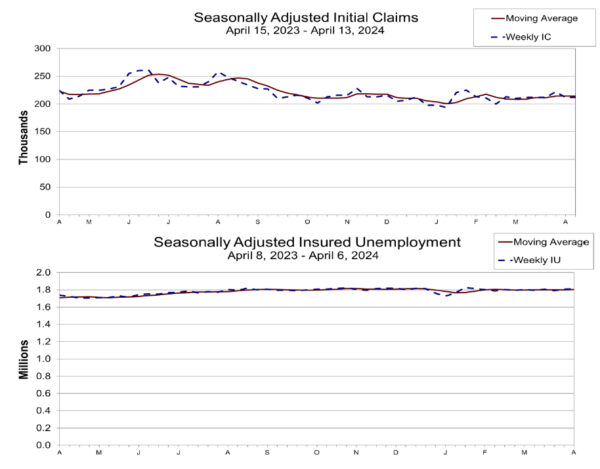
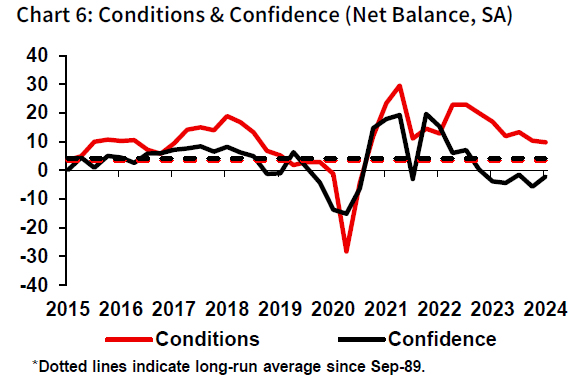
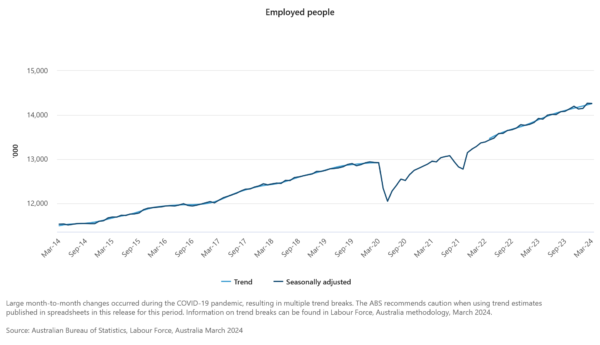
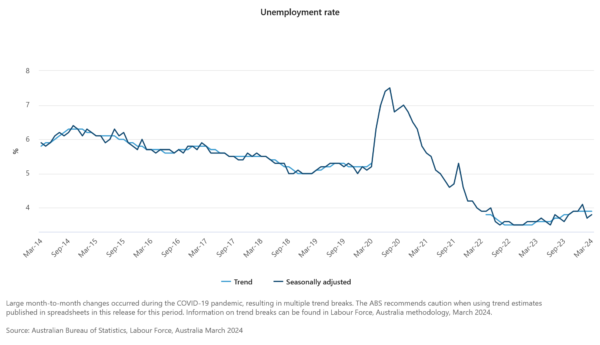
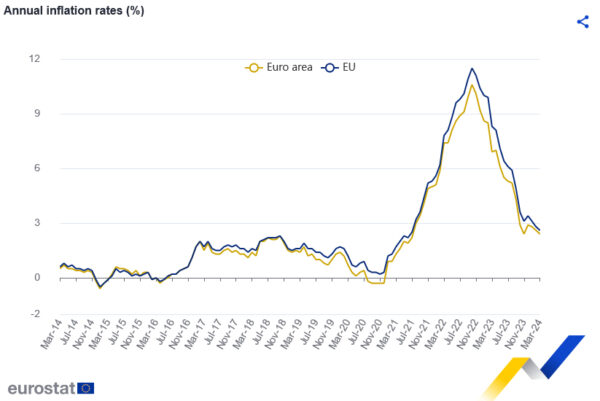
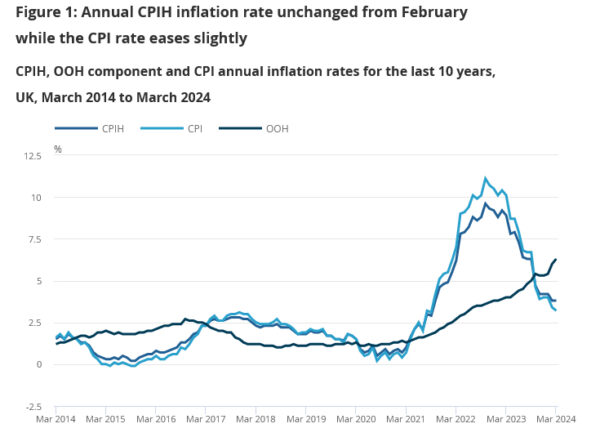
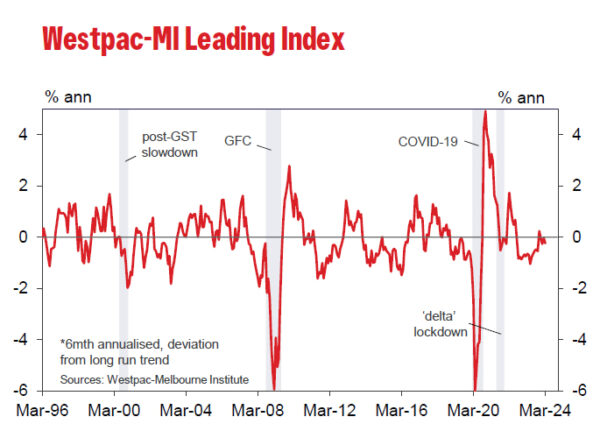
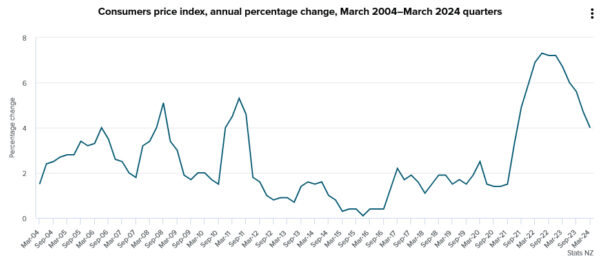

Fed’s Williams: No urgency to cut interest rates
At the Semafor World Economy Summit today, New York Fed President John Williams there is no urgency in current monetary policy stance.
“We’ve got interest rates in a place that is moving us gradually to our goals. So I definitely don’t feel urgency to cut interest rates. I think monetary policy is doing exactly what we would like to see,” he said.
Williams underscored that while an increase in rates is not the expected course, it remains a possibility should the economic indicators necessitate such action to achieve Fed’s inflation objectives.